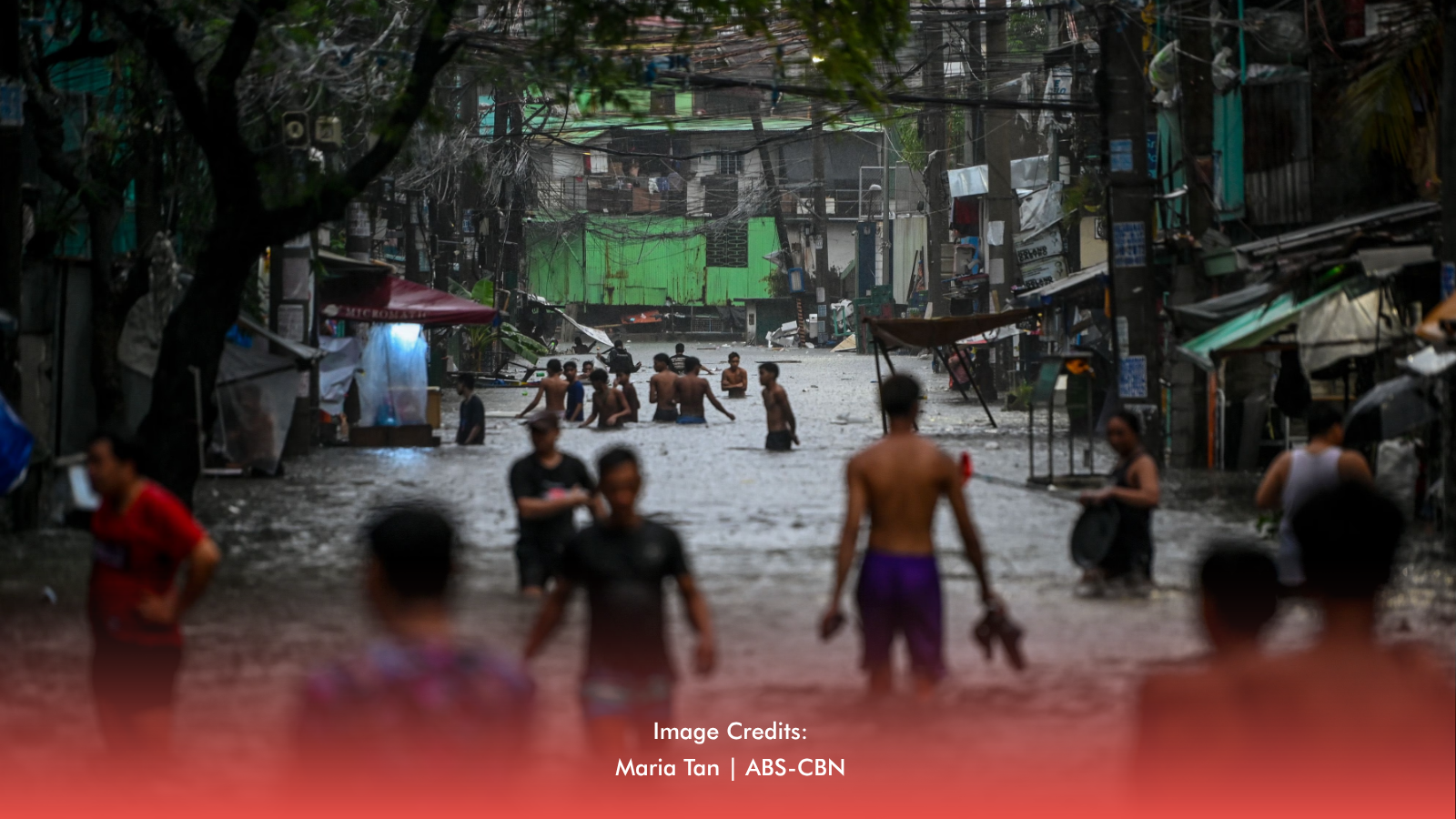Top officials are renewing calls for an updated and comprehensive flood management plan for Metro Manila, as heavy rains and urban flooding continue to disrupt daily life for millions of residents. The push comes amid warnings that outdated infrastructure and delayed projects have left the capital vulnerable to worsening floods.
A Metro-Wide Issue
Quezon City First District Representative Juan Carlos Atayde called for a Metro Manila-wide flood control plan following days of heavy rain that inundated the capital.
“The flooding we’ve seen in recent days makes one thing very clear: this is not just a QC District 1 problem, this is not just a Quezon City problem—it’s a Metro Manila problem,” Atayde said in a statement.
RELATED: [Metro Manila’s Land Subsidence Problem Is Getting Worse—Here’s Why]
Plans Decades in The Making
House Speaker Ferdinand Martin Romualdez and Public Works and Highways Secretary Manuel Bonoan have emphasized that Metro Manila’s flood control strategy needs urgent attention, especially as rapid urbanization and climate change put more pressure on the city’s aging drainage systems.
For years, experts have pointed out that Metro Manila’s flood problem requires a multi-pronged approach, from building major floodways and pumping stations to clearing waterways and updating outdated drainage pipes. Romualdez called for an immediate review of existing plans.
“There is already a flood control masterplan in place. We just need to follow, update, and implement it,” Romualdez said in a statement.
Secretary Bonoan echoed the need for sustained long-term measures to prevent floods from paralyzing the capital year after year.
“We have been doing this for decades, we need to continue it,” Bonoan stated.
One of the biggest challenges has been pushing through major projects like the Pasig River floodway extension. For decades, engineers have proposed connecting the Pasig River’s flow all the way to Manila Bay through Taguig to help divert excess rainwater. However, right-of-way issues, resettlement concerns, and funding delays have slowed progress.
RELATED: [New Flood Forecasting System Aims To Improve Disaster Preparedness In PH]
Short-term Actions for Communities
While large-scale solutions move slowly, officials stress the importance of community-level actions to ease flooding now. Keeping drainage canals clear of garbage, desilting esteros, relocating informal settlers along waterways, and constructing smaller retention basins can all help reduce flood risks in the near term.
Romualdez said local governments also play a vital role in flood control.
“We need local governments to be proactive and to coordinate closely with national agencies to implement flood mitigation measures,” he urged.
At the same time, flood experts have warned that unless the bigger plan is updated and properly funded, patchwork measures will only offer temporary relief. The reality is that Metro Manila sits on low-lying, flood-prone land, making large-scale infrastructure — like modern floodways, pumping stations, and catch basins — essential.
With urban growth showing no signs of slowing down, officials say decisive action now is the only way to prevent even worse floods in the future.








